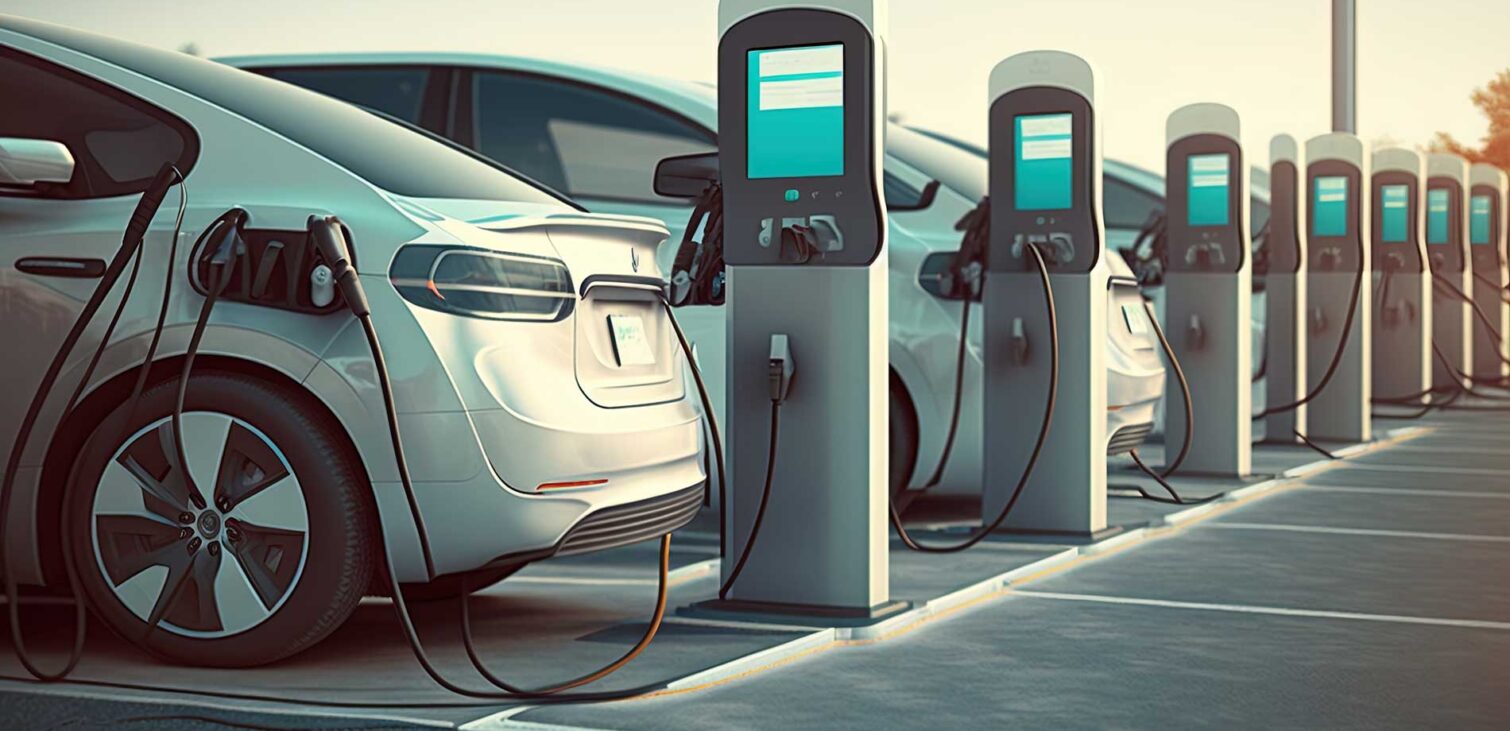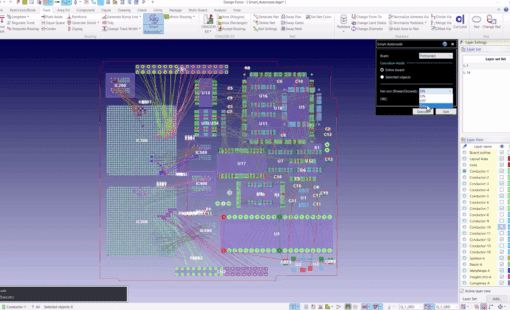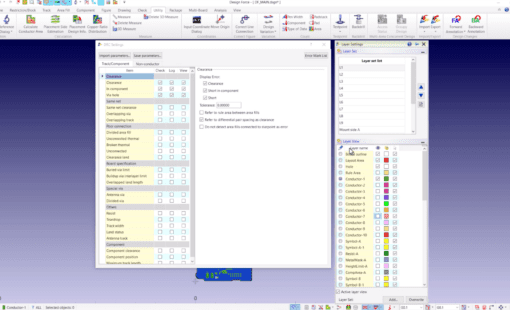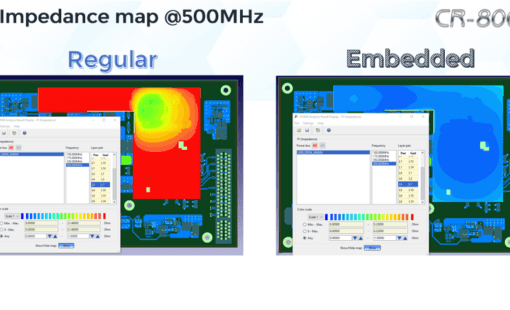The electric vehicle (EV) revolution is rapidly transforming how we envision transportation as we move toward a more sustainable future. This shift encompasses the vehicles themselves, and the entire supporting ecosystem–particularly the charging infrastructure. As the EV revolution gains momentum, an evolution of charging infrastructure will play an equally vital role in this paradigm shift. In this post, we will explore the evolution of electric vehicle charging infrastructure and how Zuken contributes to this journey.
From Cord to Charging Station: An Active Progression
The electric vehicle faced limitations in battery capacity and charging methods during its beginning phases. Today, technology advancements provide a rich landscape of charging options.
Thanks to the proliferation of Level 1 home charging, electric vehicle owners can now comfortably and reliably charge their EVs at home. Level 1 chargers plug directly into a standard electrical outlet, offering an accessible solution for overnight replenishment.
Additionally, Level 2 chargers have become more abundant in recent years. Commonly found in public areas, Level 2 chargers provide an even faster charge than standard Level 1 chargers by employing higher voltage.
Other notable innovations in this area include rapid DC charging stations, wireless charging pads, solar-powered stations, and smart-grid integration–all of which actively push the boundaries of charging infrastructure.
Building Standardization and Interoperability
The widespread adoption of charging standards continues to be a driving force behind the electric vehicle charging revolution. For example, vehicle manufacturers, charging equipment suppliers, and governmental bodies are actively collaborating to create and maintain universal standards like the Combined Charging System (CCS) and CHAdeMO.
These standards streamline the charging process and ensure drivers across EV brands can use the same charging infrastructure without compatibility issues. Furthermore, the increase in interoperability between charging stations allows for more accessible and reliable charging for EV owners.
Charging as a Service
The concept of charging as a service is an additional aspect of the EV revolution. At a high level, this shift sees charging networks transform from utilities to fully interactive services.
For example, modernized charging stations often include apps to provide functions such as real-time availability updates, reservation systems, and integrated billing. Additionally, some networks even allow users to actively track their energy usage and carbon savings. This shift not only makes charging more convenient, but also engages the user in a more holistic EV experience.
Zuken’s Role in Building the Evolution
Zuken offers designers a suite of robust tools to support modern advances in electric vehicle charging. Our CR-8000 software is an advanced system-level design solution that actively contributes to the development of modern charging stations.

Here are some ways in which CR-8000 helps designers support the electric vehicle charging evolution:
-
Multidisciplinary Collaboration:
An integrated approach that aligns mechanical, electrical, and software engineering is essential in electric vehicle charging. CR-8000 provides a unified platform for these disciplines to work together seamlessly, fostering collaboration and efficiency. CR-8000 breaks down the barriers between engineering fields to ensure that all aspects of design are properly aligned. This tight integration eliminates costly and time-consuming iterations later in the development process.
-
Powerful Simulation Capabilities:
Designing electric vehicle charging stations demands precise simulation to ensure optimal performance under various real-world conditions. CR-8000 offers robust simulation tools, allowing designers to model and analyze their systems in a virtual environment. This includes analyzing heat distribution, energy transfer efficiency, and potential failure points. By understanding how the charging station will behave in real life, designers can make informed decisions to enhance reliability, safety, and efficiency.
-
Alignment with International Standards:
With the growing adoption of EVs globally, adherence to international standards is crucial to ensure compatibility and interoperability. CR-8000 actively supports compliance with these standards, helping designers build charging stations that serve a broad vehicle range. This ensures that the designs align with global initiatives, fostering a seamless user experience across different EV brands and regions.
As the world continues to embrace electric mobility, Zuken remains committed to empowering the designers and engineers who are actively building the next generation of electric vehicle charging infrastructure.
Related Products and Resources
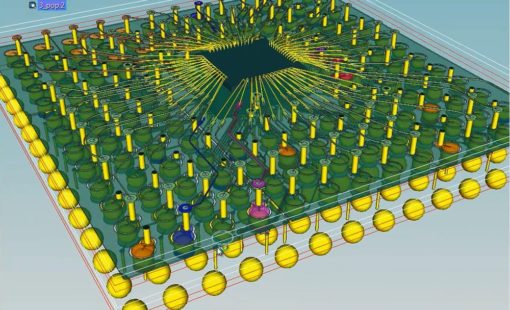
- Products
Design Force offers an intuitive, integrated environment for designing single and multi-die packages for wire-bond, flip-chip, and high density advanced packaging. Designers can start designs with early prototype input of chip and package data from the library, reuse data from IC layout tools, and take advantage of parametric wizards to streamline the creation of the system
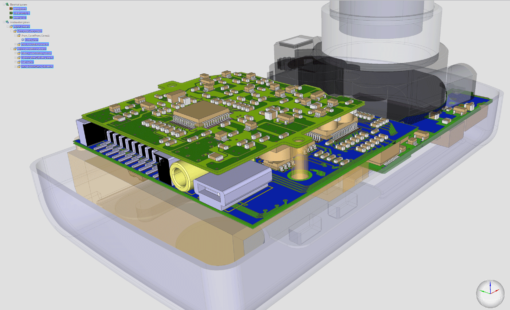
- Products
Design Force combines traditional 2D design with native 3D design and the latest human interface techniques, accelerated graphics and almost instantaneous rendering and refreshing. It is the fastest, most effective PCB design solution available today. Design Force enables design teams to layout their designs in the context of a complete system or product.

- Products
Building a competitive product today is much more difficult than a few years ago. Existing PCB-centric design processes are limited to a single PCB and do not provide the necessary tools for today’s competitive product development environment. PCB-centric design processes are falling behind.
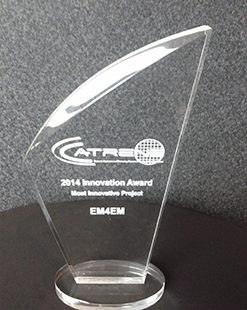
- Press Release
